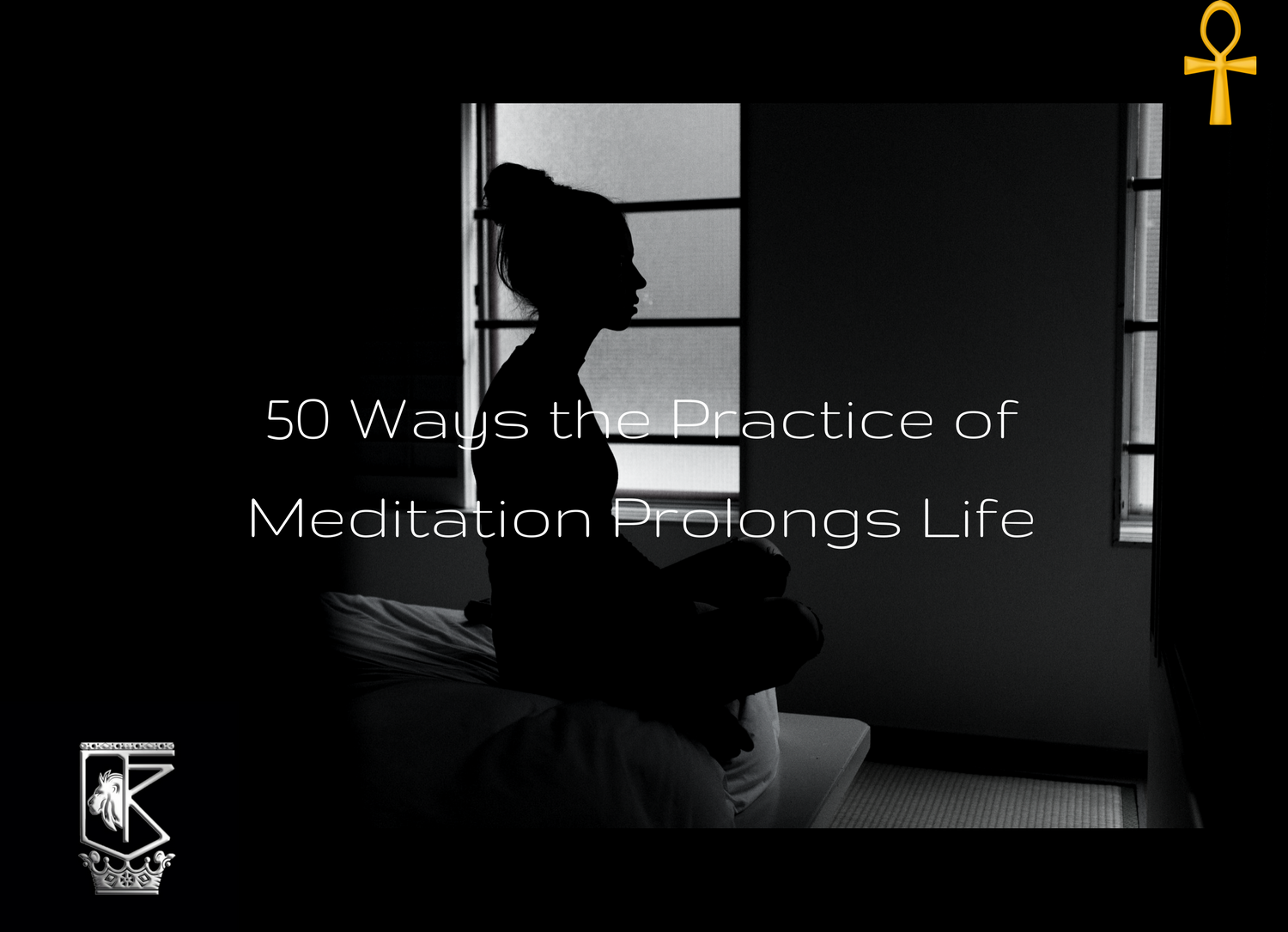“Meditation” is so common now in our public dialogue that it can become easy to strip it of its sacredness. When we increasingly use a word or a thing it becomes commonplace, and along with that sense of normalcy it can lose its potent meaning. We can use examples in personal life to understand this.
Choose your favorite breakfast meal and imagine if you ate that meal as part of a special ritual. You woke up, stretched, showered, took time for yourself and then deliberately prepared your favorite meal. With that meal you used special utensils, maybe turned on special music. Sat at a particular seat in the kitchen. Then you prayed over your favorite meal. Truly cherished it, then ate. These acts create the meaning for you; the breakfast is sacred ritual.
Now, choose your favorite breakfast meal and imagine you ate it two or three times this way, and for the rest of the week you skipped all of the experiences prior to. Imagine you just woke up, washed up, prepared the meal, sat at the table and ate. Once done, you just leave.
In this experience, you’ve taken your meal from a sacred position to a commonplace one, stripped of the mindful attention invested in the past. It becomes just another task. When we overuse a word like “meditation,” taken out of its sacredness, this is what we do.
We say that doing some forms of work can be considered a meditation. Performing a sport experienced as meditation. Listening to music as a form of meditation. These modalities can indeed create some experiences meditation delivers, but the framing of these activities sometimes appear like substitutes for sitting the tail down, being still and tending to oneself. When they are treated as total substitutes I am reminded of our urban-metropolis challenges with attention and self-induced ADD. At all times we seem to need to be stimulated externally, constantly doing something in order to feel a sense of internal security.
In my martial practice I feel myself zone out and enter into a mode of just being as the body intuitively knows how and where to move. This non-beingness state is an element within meditation, but my body remains active, I’m sweating, my eyes are open receiving the stimuli and the sole focus is not on the universe within; it’s a blend of the in and out.
Meditative-like activities are enhancing but not substitutes for the original practice of being still and silent.
To further illustrate this, I share some of the research points from the The Immortality Edge, a book focused on longevity practices and understanding the telomere. These 50 points make it clear how this technology called meditation is a an asset-enhancer for whatever we aim to do or be. It’s “free” in the sense it costs nothing monetarily, yet the true “cost” is an investment in our time to do the work, being still, silent, breathing and intentional. For a meditation technique, refer to this Zazen method I outlined.
50 Ways the Practice of Meditation Prolongs Life
1. Exercises the critical prefrontal cortex of the brain
2. Increases blood flow by dilating the blood vessels
3. Lowers blood pressure
4. Increases the serotonin level
5. Lowers the level of blood lactate, thus reducing anxiety
6. Improves the efficiency of oxygen consumption
7. Decreases the respiratory rate while increasing lung capacity
8. Leads to deeper levels of relaxation and, consequently, deeper sleep
9. Decreases muscle tension
10. Reduces premenstrual syndrome symptoms
11. Improves the brain’s executive function
12. Increases working memory
13. Reduces impulsive behavior
14. Produces a state of restful alertness
15. Reduces the activation of the sympathetic nervous system, thus counteracting stress
16. Reduces the thickening of coronary arteries
17. Slows or stops the progression of atherosclerosis
18. Boosts the immune system
19. Lowers the LDL (“bad”) cholesterol level
20. Increases perceptual ability
21. Creates detachment from emotional events
22. Increases the ability to solve complex problems
23. Increases brain wave coherence
24. Reduces the time it takes to fall asleep
25. Harmonizes the endocrine system
26. Provides significant relief to asthma sufferers
27. Stimulates the pituitary gland to produce higher levels of DHEA
28. Controls pain
29. Reduces free radicals
30. Increases exercise tolerance
31. Reduces societal stress, crime, and violence when practiced in groups
32. Increases happiness
33. Speeds up reaction time
34. Increases social tolerance
35. Lowers the risk of diabetes
36. Reduces or eliminates negative thoughts
37. Increases the melatonin level
38. Lowers cortisol
39. Boosts endorphins
40. Shifts brain waves in the stress-prone right frontal cortex to the calmer left frontal cortex
41. Minimizes brain activity in the amygdala, where the brain processes fear
42. Decreases anxiety and depression
43. Increases clarity while reducing confusion
44. Resolves digestive problems
45. Brings about a high level of self-acceptance
46. Lowers stroke risk
47. Increases self-reflection
48. Heightens all senses
49. Loosens the hold of addictions
50. Balances the physical, mental, an emotional states
Fossel, MD, PHD, Blackburn, Woynarowski, MD, The Immortality Edge, (2011).








[…] access the subconscious, we need a technique that puts us in a receptive state. There are many: meditation, hypnosis, repetitive sounds, binaural beats, […]